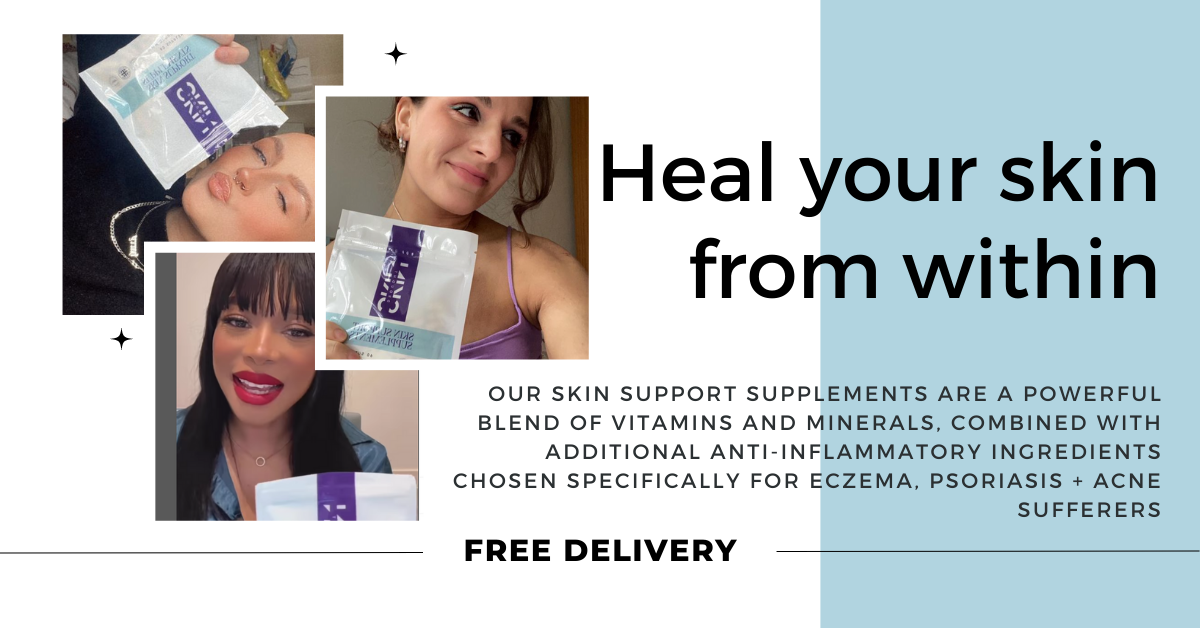Sunbeds vs. Natural Sunlight: Which is Better for Psoriasis?
Psoriasis is a chronic skin condition that affects millions of people worldwide. While there is no cure for psoriasis, there are various treatments available to help manage symptoms. One such treatment is the use of sunbeds or natural sunlight. However, there are both benefits and risks associated with using sunbeds for psoriasis treatment. In this article, we'll explore the pros and cons of using sunbeds versus natural sunlight for psoriasis.
Understanding Psoriasis and Sunlight Therapy
Sunlight therapy, also known as phototherapy, is a common treatment for psoriasis. It involves exposing the affected skin to ultraviolet (UV) light, which can help reduce inflammation and slow down the growth of skin cells. However, there are different types of UV light, and some are more effective than others for treating psoriasis. It's important to work with a healthcare provider to determine the best type and duration of sunlight therapy for your individual needs.
Pros and Cons of Sunbeds for Psoriasis Treatment
Sunbeds can be a convenient option for those who cannot access natural sunlight or who live in areas with limited sunlight. However, they also come with some risks. Sunbeds emit high levels of UV radiation, which can increase the risk of skin cancer and premature aging. Additionally, sunbeds may not be as effective as natural sunlight for treating psoriasis, as they typically emit more UVA radiation than UVB radiation, which is the type of UV light that is most effective for psoriasis treatment. It's important to weigh the pros and cons and consult with a healthcare provider before using sunbeds for psoriasis treatment. If you do decide to use sunbeds, it is important to follow the manufacturer's instructions carefully and to avoid overexposure to UV radiation.
Benefits and Risks of Natural Sunlight for Psoriasis
Natural sunlight can be a highly effective treatment for psoriasis, as it contains UVB radiation, which slows down the growth of skin cells and reduces inflammation. Additionally, exposure to natural sunlight can boost vitamin D levels, which can also help improve psoriasis symptoms. However, it's important to be cautious when spending time in the sun, as overexposure can increase the risk of skin damage and skin cancer. It's recommended to speak with a healthcare provider about the appropriate amount of sun exposure for psoriasis treatment.
Tips for Safe Sun Exposure for Psoriasis Patients
While natural sunlight can be beneficial for psoriasis treatment, it's important to take precautions to avoid overexposure and potential skin damage. Some tips for safe sun exposure include wearing protective clothing, using sunscreen with a high SPF, and avoiding peak sun hours. It's also important to speak with a healthcare provider about the appropriate amount of sun exposure for your individual needs and to monitor any changes in your skin. For those who prefer not to use sunbeds, there are other treatment options available, such as phototherapy or topical medications.
Consult with Your Dermatologist for the Best Treatment Plan
When it comes to treating psoriasis, it's important to work with a healthcare provider to develop a personalized treatment plan. While sunbeds and natural sunlight can be effective for some individuals, they may not be the best option for everyone. Your dermatologist can help you weigh the pros and cons of different treatment options and determine the best course of action for your specific needs. They can also monitor your skin for any potential side effects or complications. Don't hesitate to schedule an appointment with a dermatologist if you're struggling with psoriasis or other skin conditions.
There are many alternative treatments for psoriasis that do not involve sunbeds. These include topical creams and ointments, oral medications, light therapy, and lifestyle changes such as stress reduction and a healthy diet. Your doctor can help you to determine the best course of treatment for your individual needs.



